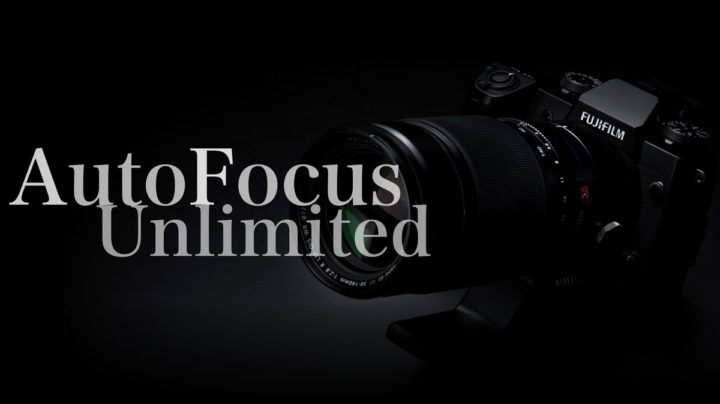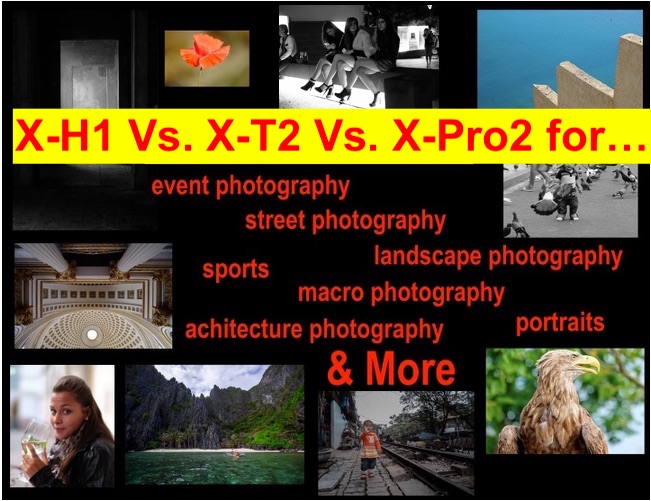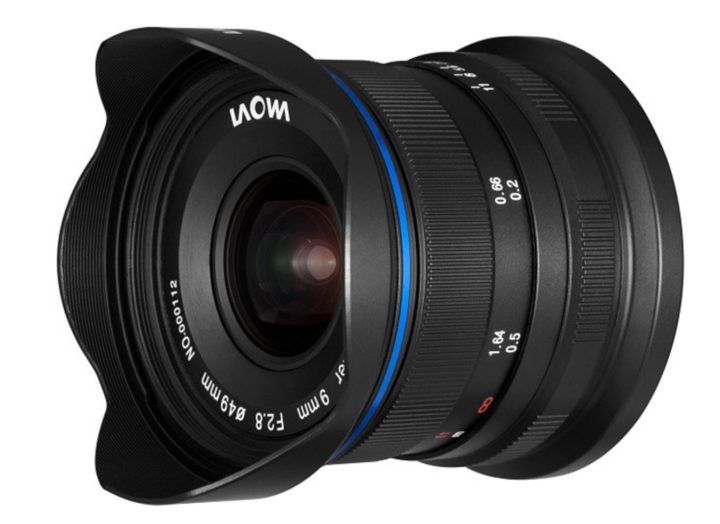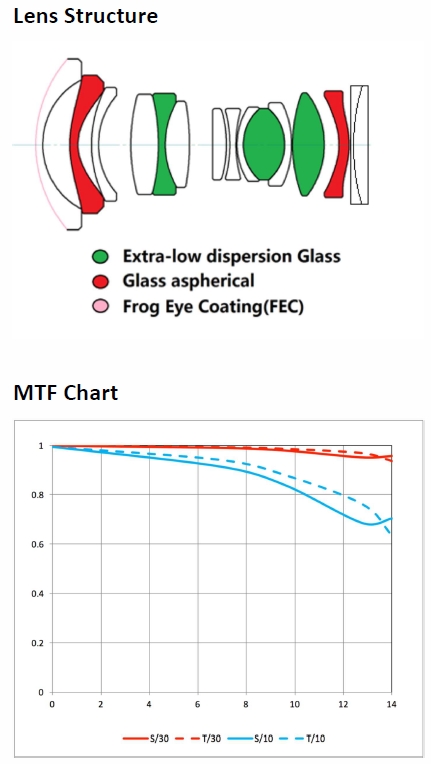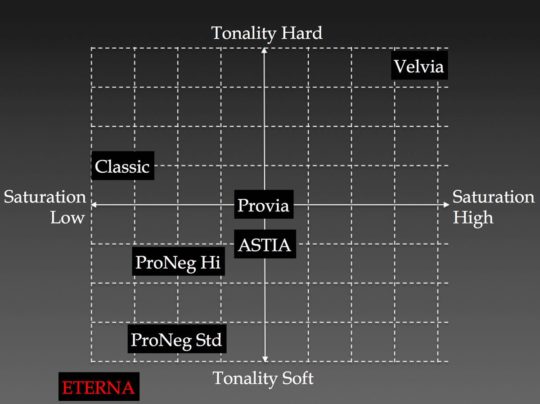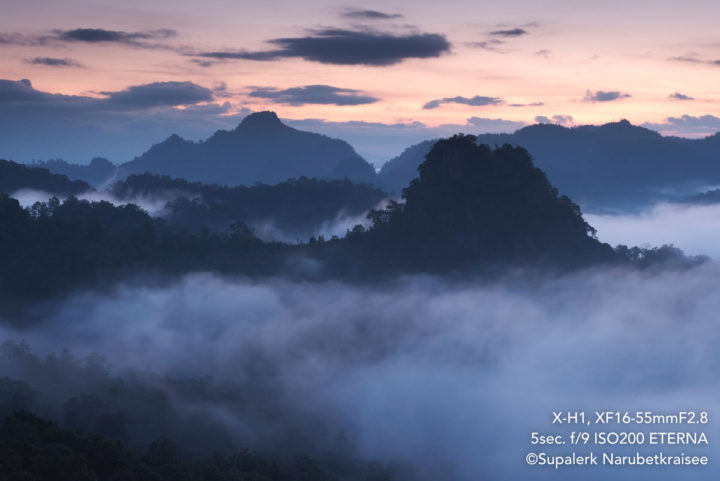Whoops, They Did it Again: Sony Announces A7III… Fujifilm X-H1 Vs. Sony A7III Specs and Size Comparison
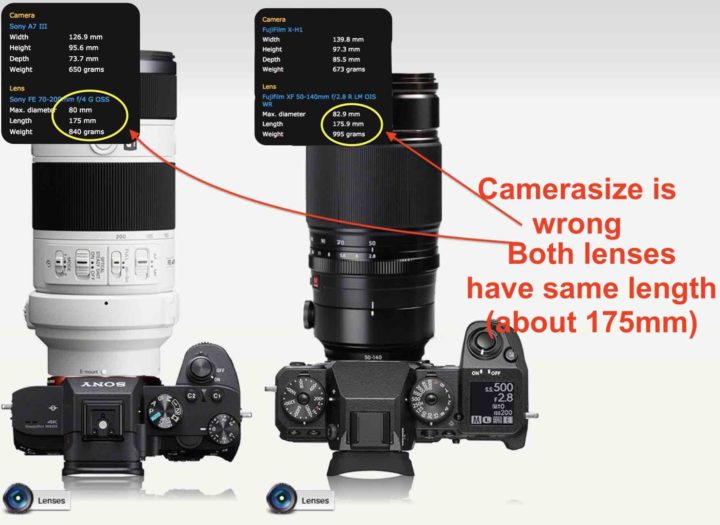
Sony Vs. Fuji (once again :) )
So it happened again, Sony launched yet another A7 series camera, the brand new Sony A7III.
The “battle” between Sony and Fujifilm is definitely an exciting one in the industry.
Not only because they both keep release great products, but also because their different philosophies.
As we have written here, Sony acts “fast and furious“, and never hesitates to put as quickly as possible the latest and greatest specs into their cameras.
So it can happen that, within a few months, they announce the Sony A6300 and shortly after the A6500 with IBIS. And not to talk of the infinite variations of Sony A7 (and now also A9) cameras.
Fujifilm on the other hand, is definitely not in a hurry when it comes to release new iterations of their cameras and they focus to support their customers with frequent firmware updates for their cameras.
But also the Fujifilm world sees major “specs-jumps” in their line-up, just not as rapidly as in the Sony world.
A good example is the Fujifilm X-H1, which now has IBIS. Fujifilm worked very long on their IBIS system, because they say they wanted their IBIS system to work perfectly without affecting image quality. Hence, it took them more time to come with an ideal IBIS solution for their cameras.
I am not here to judge which philosophy is better. At the end it will be the market to decide who’s the winner.
However, I have personal preferences, and in my case, I prefer to buy a camera that I know Fujifilm will take care of over next few years, giving me nice firmware updates.
Also, a potential downside of acting “fast and furious“, is that, maybe, sometimes, certain features will look great on the specs sheet, but not work as that good as intended in real life use.
For example, as imaging-resource tested here, the weather sealing on the Sony A7rIII has some serious design issues. And recently there were also some doubts about the Sony’s IBIS efficiency. Not to talk of all the overheating issues Sony was dealing with for a long time.
But in any case, it is undeniable that Sony is pushing the industry and continuously raising the “specs-bar“. This is a huge merit we acknowledge also here on FujiRumors.


